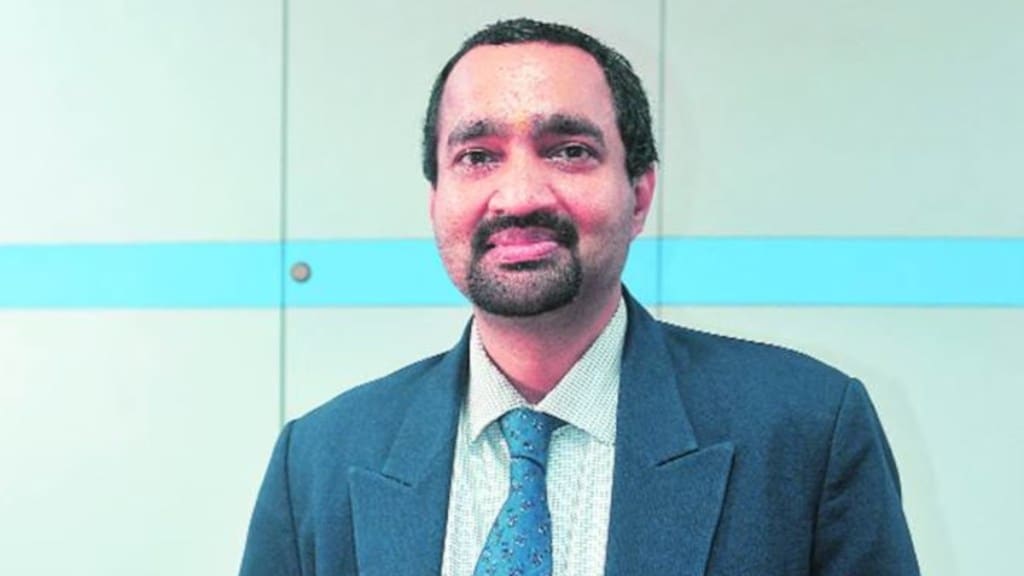City Union Bank, traditionally focused on MSMEs, has expanded into retail lending. In an interview with Narayanan V, managing director CEO N Kamakodi explains the rationale behind diversifying its portfolio, and outlines its lending plans. Excerpts:
Was the absence of a repo rate cut in the recent monetary policy review disappointing?
We cannot say that a reduction in the repo rate was expected. The signals from earlier policy meetings were very clear that the focus would be on inflation. While many expressed their wish for a rate cut, especially given that economic growth was below anticipated levels, indications clearly suggest a need to restore a balance between growth and inflation. The RBI has taken a right balance. That said, the 50-basis-point cut in the cash reserve ratio to 4% is a strong indicator that the rate-cut cycle will begin sooner rather than later.
Credit growth outpaced your deposit growth in the last two quarters. Is deposit mobilisation still a challenge?
At the industry level, the deposit growth has outpaced advances in recent months. Credit to deposit growth is influenced by interest rate cycles and economic cycles. At times, credit growth will be higher, while deposits will outpace the credit growth in some occasions. Some suggest that the deposit growth was slow because more money was flowing into stock markets and mutual funds. There was also a view that the government, earlier this year, had retained money with the treasury, rather than with commercial banks, which impacted liquidity. As government spending has resumed after elections, more money has started returning to the market. Deposit growth is now normalising across the industry. We have never faced a situation where loan disbursements were impacted by lack of deposits.
Your advances grew by 12% in Q2FY25. What is your growth outlook for the second half?
We faced some growth challenges in CY2023, but things started improving from January 2024. In the last two quarters, our growth rate (10% and 12%) picked up and is now almost on par with the industry. At present, around 60% of our total loan book (₹48,722 crore) is for MSMEs and commercial trading, while gold loans account for about 25%. We have recently begun retail digital lending on a small scale, focusing on secured products such as housing loans (including affordable housing), loans against property (LAP), and micro LAP. We expect this retail segment to incrementally contribute about 1-1.5% to our loan book. Over the next five years, we aim to grow the secured retail segment to contribute around 7.5% to the total loan book. We are not venturing into the unsecured retail lending segment in a significant way.
What prompted your foray into retail loans?
Historically, we have focused on lending for creation of business assets and haven’t delved much into the consumption side. However, as the market evolves, it’s important to adapt and learn. We are starting retail lending on a small scale to assess if it suits us. That said, our focus on MSMEs and gold loans will continue. Gold loan, in particular, is an excellent product for our rural and semi-urban branches, where opportunities for other products are limited. We use this segment as a buffer and push the product whenever the risk-adjusted returns are favorable.
When do you expect the retail lending business to show results?
The systems, underwriting policies and training are all taking shape. We expect some contribution to the business to begin in the fourth quarter, with significant contributions starting in the next financial year. Currently, we are incurring expenses in this area, but the business and income are yet to materialise. With around 550 branches in the South, our network should support the retail business at minimal cost. In northern and western India, we will rely on third parties to source business. The 12% growth in advances in Q2FY25 came solely from our traditional MSME and gold loans. As the new retail vertical grows, it should help drive incremental advances growth.

